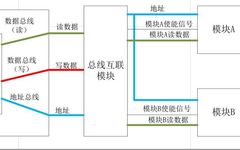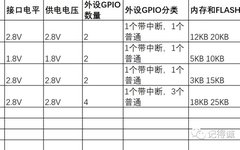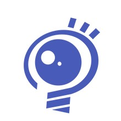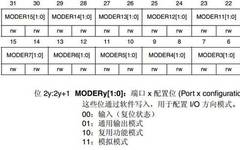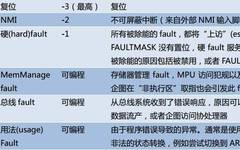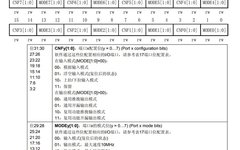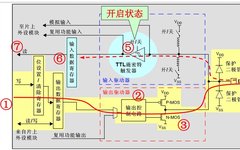Combining Raspberry Pi with AI Technologies for Embedded Linux Development
Original content by JG Education, please feel free to share with your friends. Unauthorized reproduction by other public accounts is prohibited. Micro Course Video: GPIO Channel Settings and LED Control👇 Micro Course Video: Implementation of Intrusion Alarm Function👇 Micro Course Video: Exercise – Mobile Remote Control Light👇 Some Electronic Courseware👇 Author: Wang Zheng Editor: Zhang … Read more
